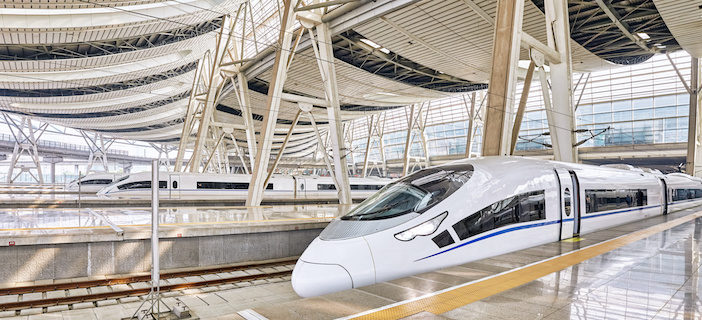It’s the rainy season in Beijing, and the weather can wreak havoc on your air travel plans. Is it just us or does it seem like with the smallest burst of rain droplets or sign of stray moisture you’re awarded a three to four-hour delay? This is something that we’ve all just come to expect from the moment we book a flight out of PEK, or any other airport in China.
With this in mind, sometimes we also forget that there is a state-of-the-art high-speed train that can send you to all of the major destinations that China has to offer at a fraction of the price. Currently, China has the most extensive and quickly growing high-speed railway in the world, with 15,500 miles of track covering most of the major cities in the country.
We love traveling by train! Just recently, in our beijingkids’ Beijing Dads WeChat group, some fathers were discussing the merits of high-speed train travel and whether it’s worth it to upgrade to either business or first class during your next trip. We, most of the time, associate business class or first class seating as an out of reach luxury, but luckily that isn’t quite the case here. They ultimately concluded that the price difference wasn’t that inflated and the seating space achieved, and serenity of the cabin environment might just cover the cost.
That got us thinking that there is a lot about traveling China’s railway system that we weren’t entirely clear on, even as seasoned expats. We wanted to go over not only some things we love about train travel, but also ways that you can enhance your train experience and some of the most desirable destinations you can be sent in just a couple hours or through a longer overnight ride.
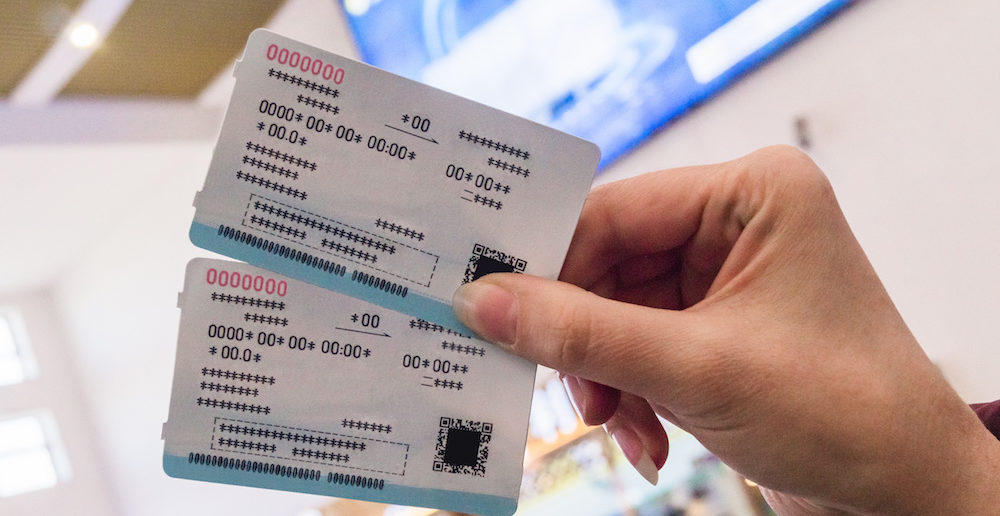
Essential Info about Train Travel
Currently, there are four train stations in Beijing, three of which offer high-speed trains. You can purchase tickets at these stations, or through Ctrip and other online platforms, but if you are a foreigner the ticket must be picked up at the station you will be departing from. These lines at the ticket booth can get quite long if your trip corresponds with one of the many Chinese holidays. There are also domestic travel agency offices around the city where you can easily purchase and pick up your ticket with a slight fee. This is likely the most straightforward way, and upon arrival at the station, you can go straight to your platform after a painless security check.
Finally, make sure you always have a physical copy of your passport when purchasing tickets and when boarding the train. A passport pick-up receipt domestically on trains can work as well if you are in the process of renewing your visa.
Train Travel with Children
If you prepare well in advance, a train trip with kids can also be fun and who knows, maybe even relaxing since you are able to bypass at least a couple of the issues that plague air travel (flight delays, stringent security, cramped seating). Also, diaper-changing tables are available on high-speed trains, which can also be a very tricky thing to maneuver mid-flight.
According to China rail’s policy, children under 12 years of age cannot travel on a train alone and should be accompanied by an adult. Also, children up to 1.2 m (3.9 feet) in height can travel for free but must sit on their parent’s lap for the entire length of the trip. A child ticket is needed if a seat is required, and depending on the length of your trip you might want to go ahead and purchase an extra seat anyway so that you can both sit comfortably.
One adult can bring only one child (under 1.2 m) for free. If there are only one adult and more than one child, the other children need to have children’s tickets. All children 12 years of age and under, up to 1.5 m (4.9 feet) in height are eligible for children’s tickets. A child’s ticket price is half that of an adult ticket, except for sleepers, which are 75 percent of the adult ticket price. Children more than 12 years old or more than 1.5 m (4.9 feet) tall need to buy adult tickets at the full fare.
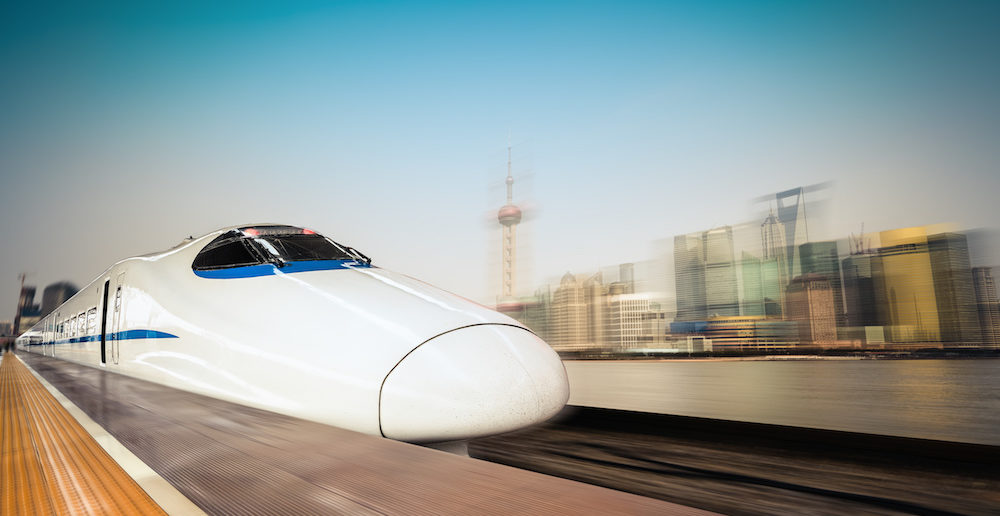
High-Speed Train Types
G Category Trains
The fastest and the most state-of-the-art, with top speeds of 350 km/h, running primarily during the day.
D Category Trains
These are the second-fastest trains, used for some long-distance overnight routes, with soft sleepers available.
C Category Trains
High-speed trains running between two neighboring cities, for example, Beijing to Tianjin.
Seat Classes on High-Speed Trains
High-speed trains have four seat classes– second class, first class, superior class, and business class. While the second class is the most basic, business class, and superior class may provide you with an extra amount of comfort during long trips.
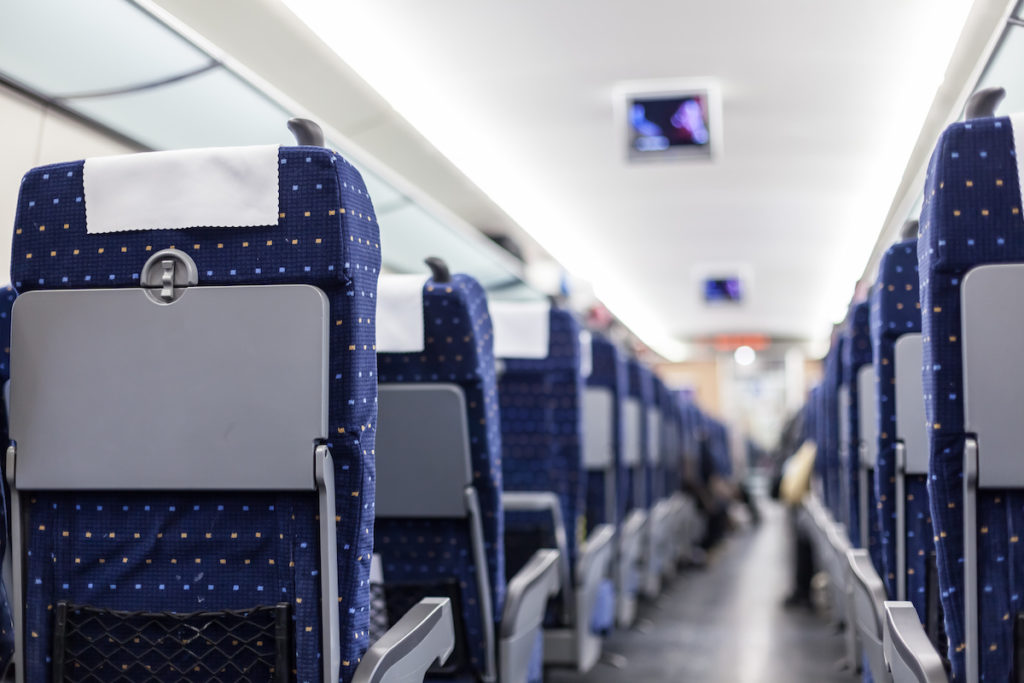
Second class
Second Class: Second class seats are the most affordable seats on high-speed trains. They have five seats in a row (3+2). There is not so much space between rows, but the amount is still significantly more than you’ll find on airplanes. Also, there are usually power outlets available in every row so that you can keep all of your devices fully charged.
First Class: With four seats in a row, first class seats are more spacious and comfortable than second class. While these aren’t the most lux seats on the high-speed train, they do provide an extra amount of comfort and serenity if you tend to be a little claustrophobic in small spaces loaded with people eating instant noodles or watching soap operas at an inappropriate volume.
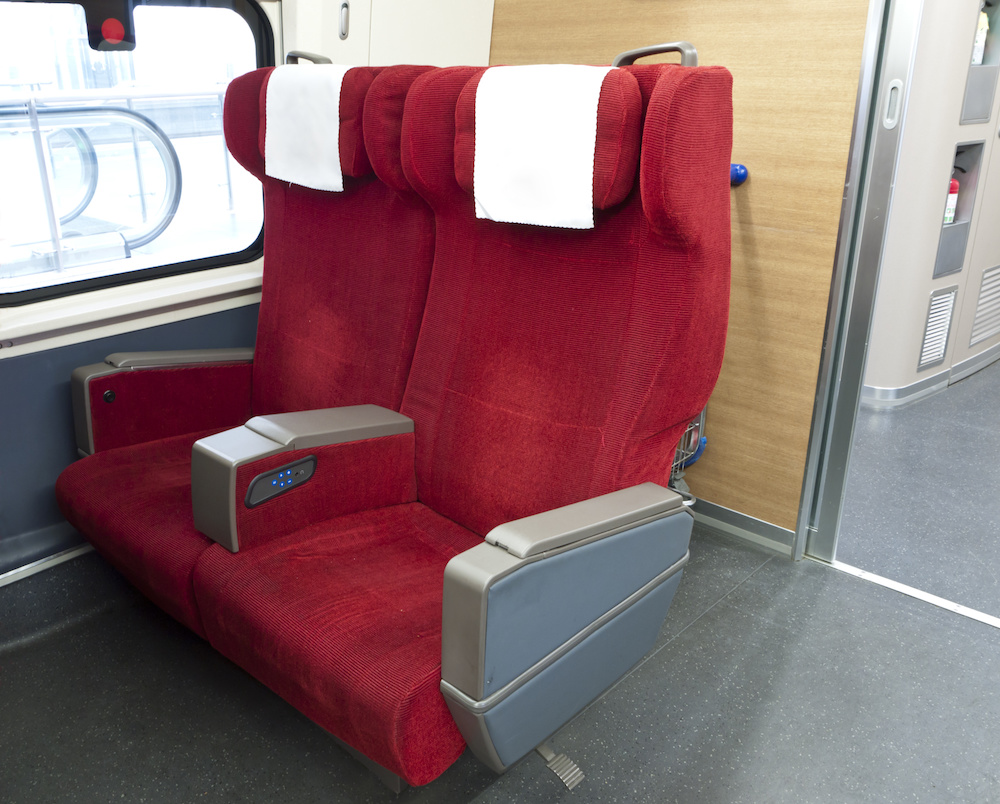
Superior Class
Superior Class: Here, three seats are arranged in a row. Passengers may find the superior coach quieter, with more privacy, as a glass door separates the coach from the other cars. These are great for solo passengers with a little extra money to burn as you can have an entire row to yourself if you play your cards right.
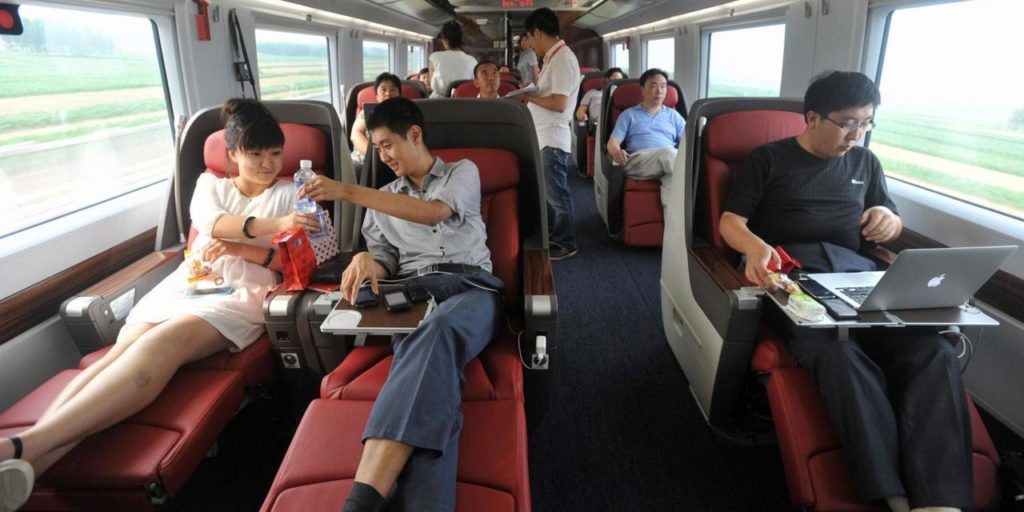
Business Class
Business Class: Business class seats are the most luxurious and are only available on G-category trains. Seats are spacious with two meters (6.6 feet) of space between the rows. There are three seats in a row (2+1), and all seats can recline to a horizontal position allowing for a proper nap.
New Soft Sleeper Class: China’s new soft sleeper cars on D-category trains have already been put into service on overnight high-speed trains between Beijing and Shanghai, and are slowly being rolled out on other routes. Unlike the old-style soft sleeper cars, the new sleeper beds are parallel to the hallway. There are two rows of double-decker sleeper beds on each side of the hallway, and luggage can be placed under the beds for easy access.
Deluxe Soft Sleepers: Deluxe soft sleepers are only available on a few high-speed trains, such as Chengdu to Shanghai, Chongqing to Beijing, and they are costly. We can dream though.
Dining
Unfortunately, an area where these trains don’t meet our expectations is in the dining category. Food is exceptionally underwhelming and flavorless, even compared to air travel standards. That’s why it’s best for you to purchase all of the food you may need; sandwiches, salads, snacks, and so on before you get on the train. Take on this responsibility of procuring food beforehand, and you won’t be let down by an assortment of sad instant noodles.
Popular Direct From Beijing High-Speed Train Destinations
Here’s a short list of some of the fun places you can visit using the high-speed train. Prices are subject to change, but this should give you a basic idea of what you should expect to pay.
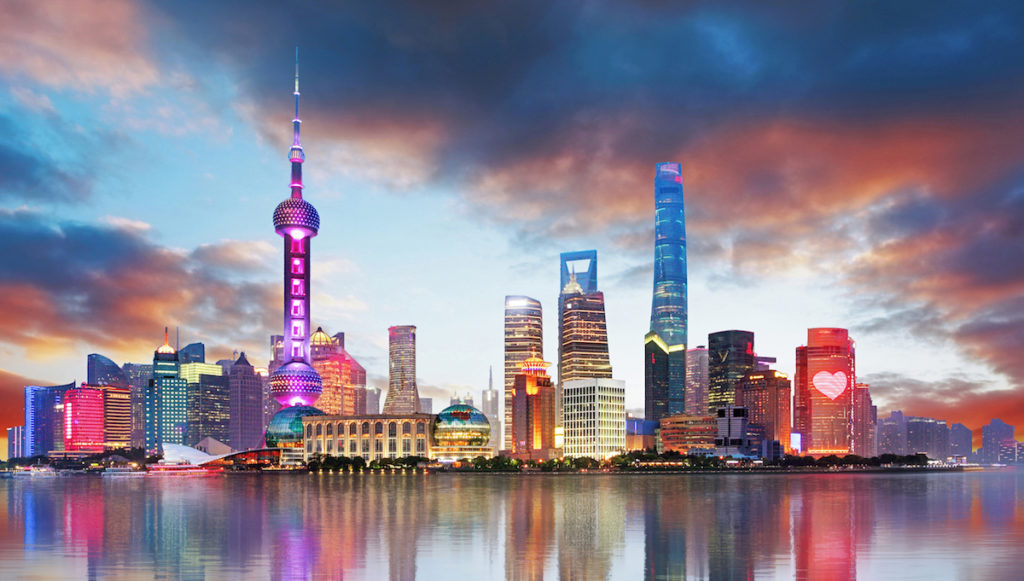
Beijing to Shanghai
Departing from: Beijing South Railway Station
Distance: 1,318 km (819 miles)
Travel time: 4-5 hours
Second class: RMB 533
First class: RMB 933
Business class: RMB 1,748
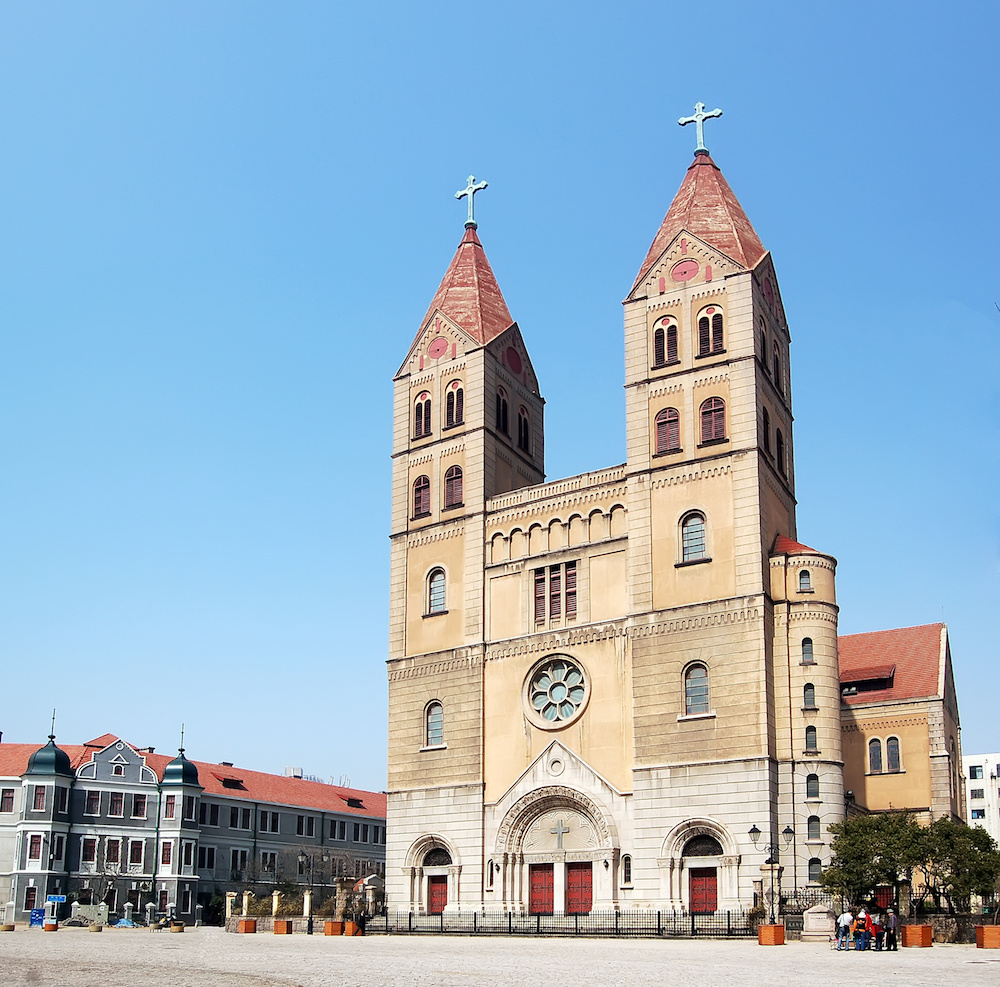
Beijing to Qingdao
Departing from: Beijing South Railway Station
Distance: 819 km
Travel time: 3-5 hours
Second class: RMB 312
First class: RMB 516
Business class: RMB 967.5
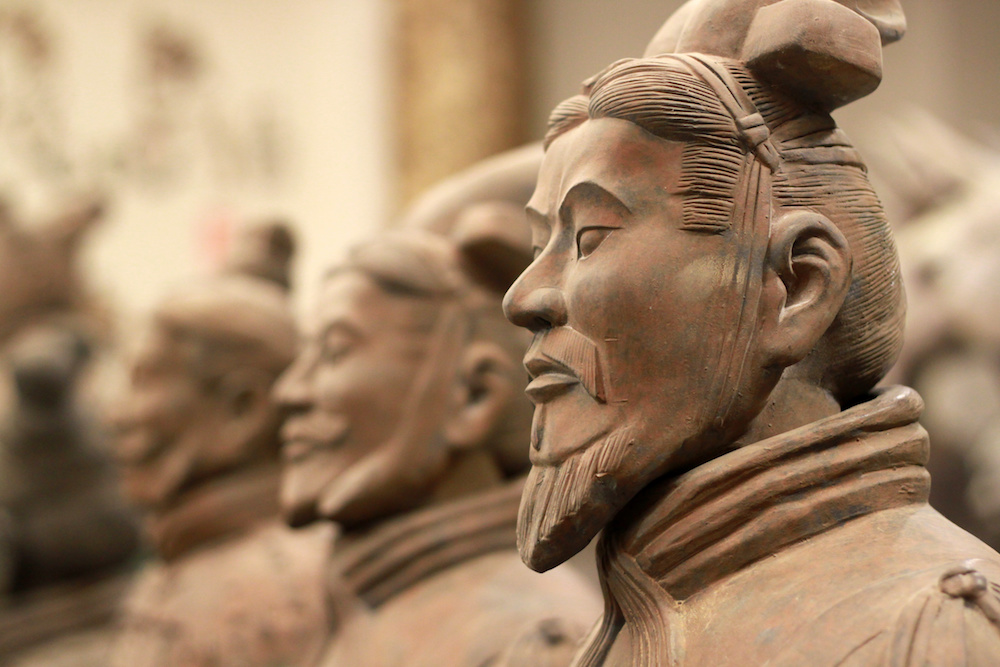
Beijing to Xi’an
Departing from: Beijing West Railway Station
Distance: 1,216 km
Travel time: 4-5 hours
Second class: RMB 515.5
First class: RMB 824.5
Business class: RMB 1,627.5
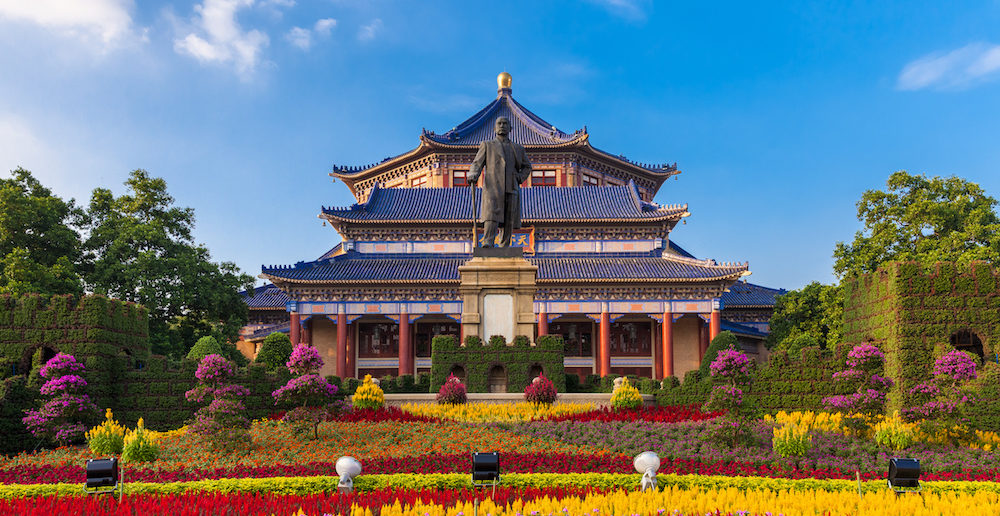
Beijing to Guangzhou
Departing from: Beijing West Railway Station
Distance: 2,324 km
Travel time: 8-9 hours
Second class: RMB 862
First class: RMB 1,380
Business class: RMB 2,724
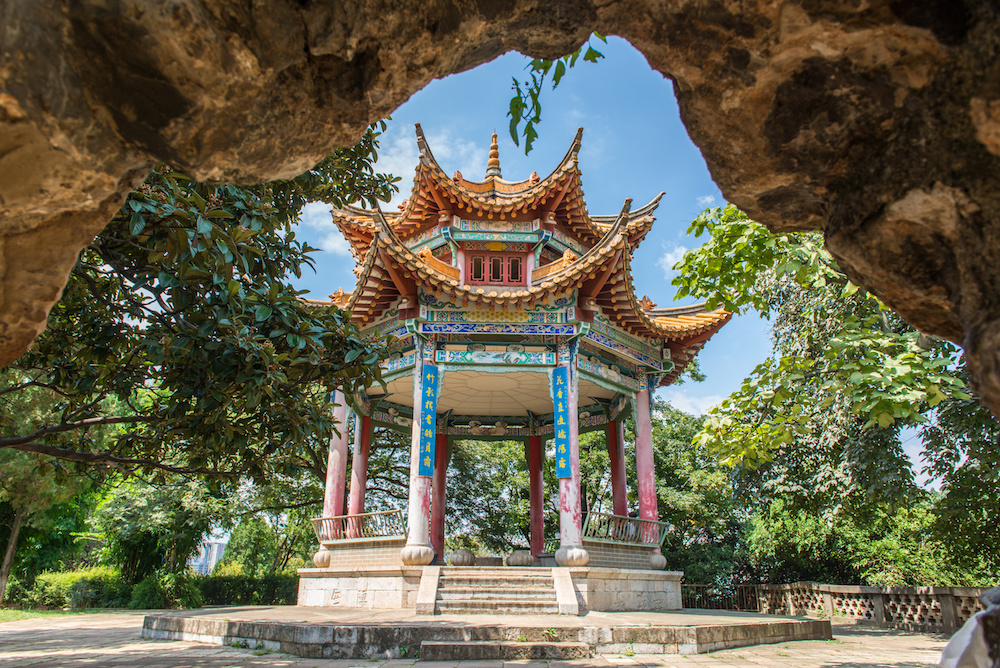
Beijing to Kunming
Departing from: Beijing West Railway Station
Distance: 2,735 km
Travel time: 11-12 hours
Second class: RMB 1,147
First class: RMB 1,877.5
Business class: RMB 3,623
Photos: bbc.com, Adobe Creative Cloud

